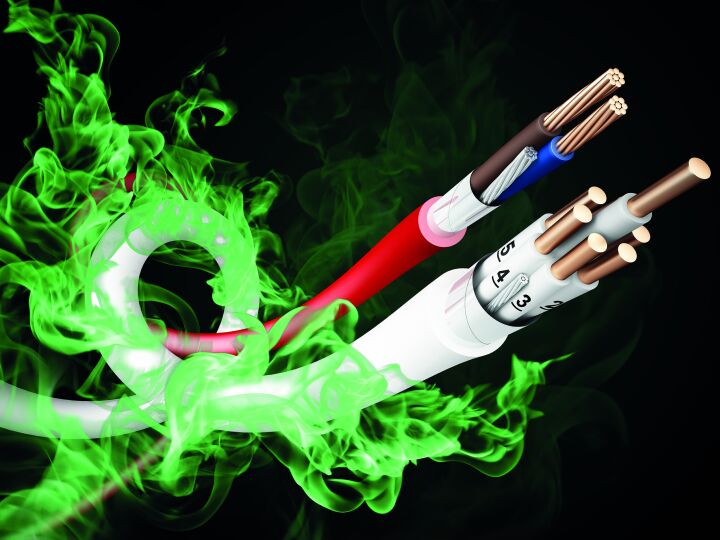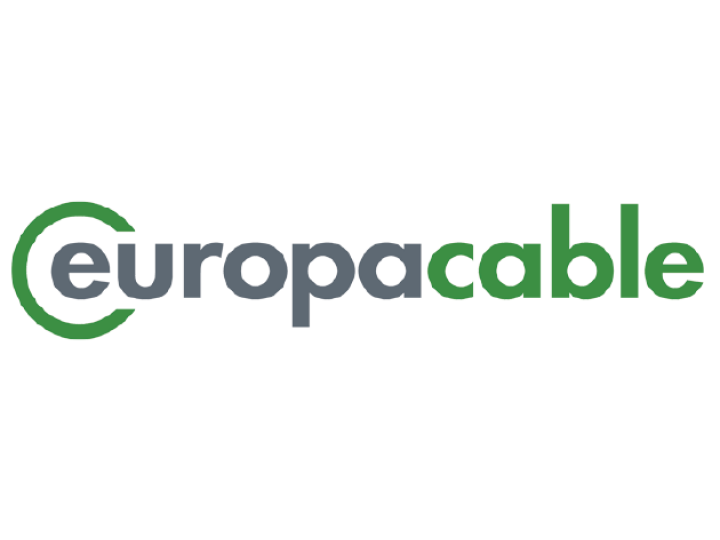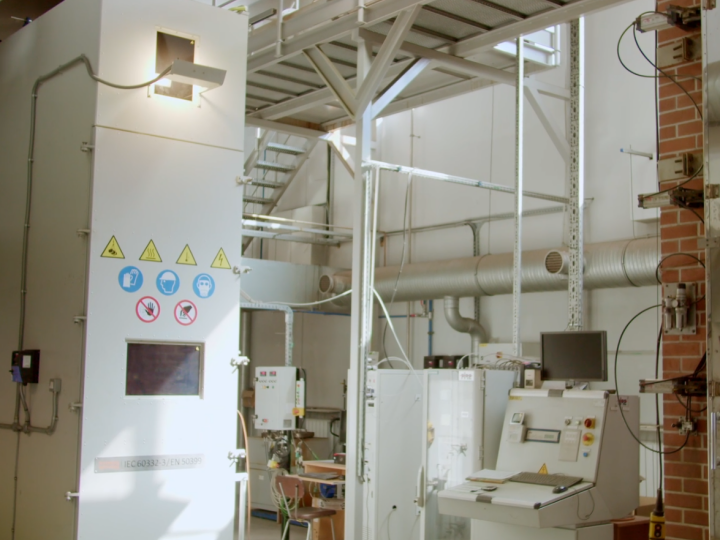Regulation No. 305/2011 (CPR) covers all construction products intended for permanent installation - including cables and wires - in construction works such as civil buildings, public buildings and engineering works. The directive classifies the essential requirements, i.e:
- Load capacity and stability
- Fire safety
- Hygiene, health and environment
- Safety in use
- Noise protection
- Energy saving and insulation





